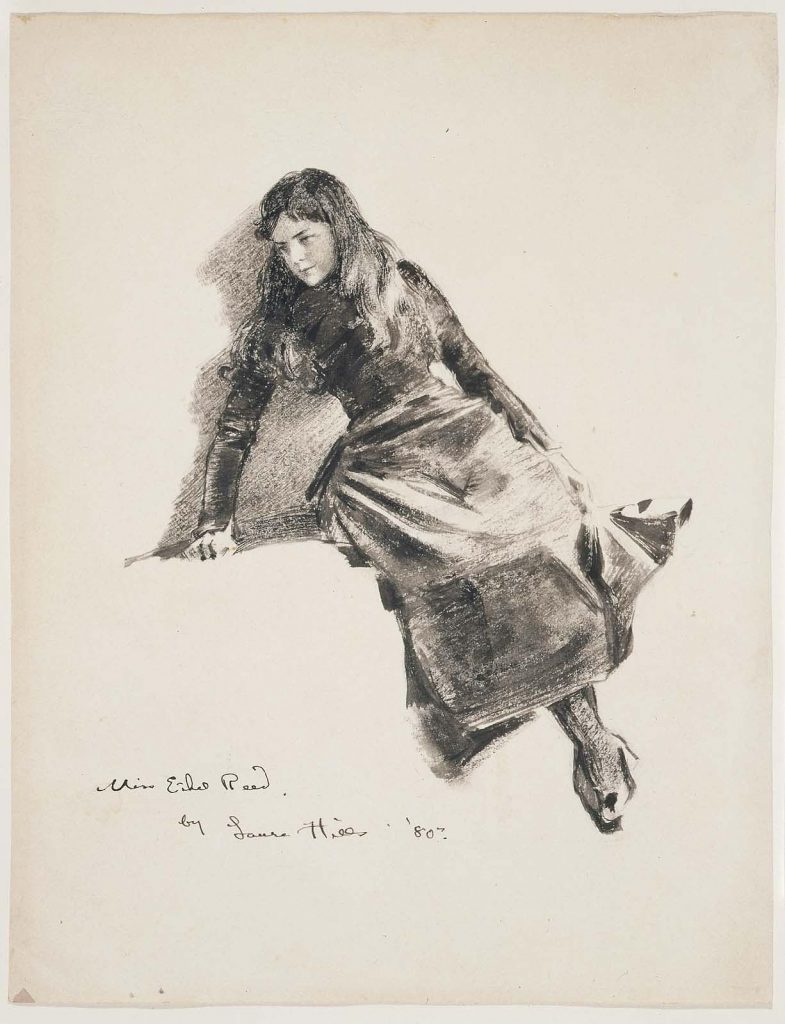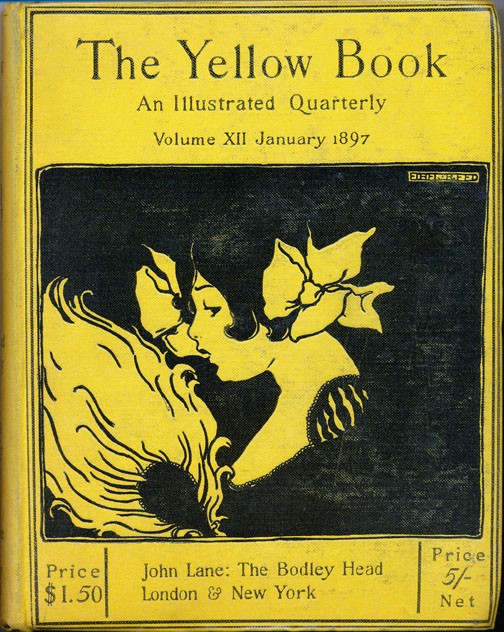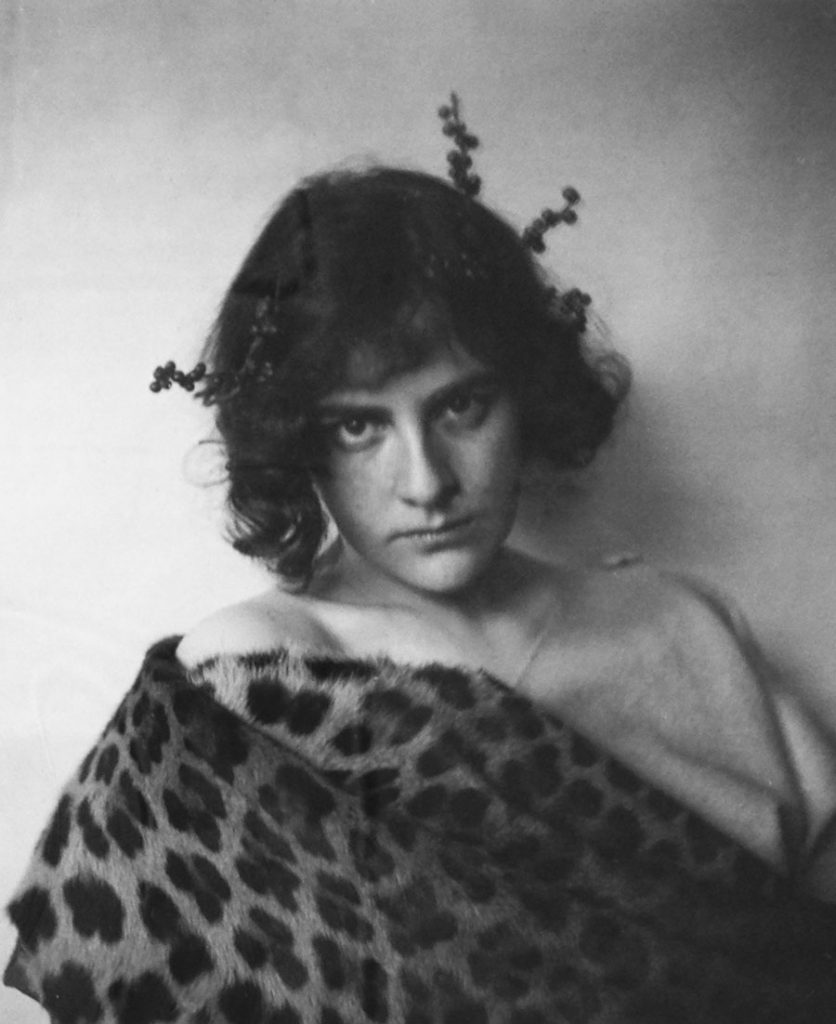Masterpiece Story: The Climax by Aubrey Beardsley
Aubrey Beardsley’s legacy endures, etched into the contours of the Art Nouveau movement. His distinctive style, marked by grotesque imagery and...
Lisa Scalone 27 October 2024
If you’ve heard of Ethel Reed, you are probably either a devotee of late-19th-century American poster art or an art history student. After the age of 24, Reed, one of the most notable female graphic artists of the 1890s, vanished from the historical record. She flashed through the night sky of the Art Nouveau movement, magnificent and fleeting. Let’s continue to clear the fog and get closer to Ethel Reed’s Art Nouveau-styled work and life.
I cannot say that I have studied anywhere. When I was twelve years old I took some drawing lessons from Miss Laura C. Hills, but my inattention and rebelliousness caused her much vexation, although she took great pains with me and incited me to work.
A Chat with Miss Ethel Reed. The Bookman, Volume II, Number 4 (December 1895), p. 279.
Ethel Reed (1874–1912) was a graphic designer and illustrator from the United States. On March 13, 1874, she was born in Newburyport, Massachusetts. At the age of 12, she won a crayon drawing award at the Essex County Agricultural Fair. Reed’s fresh talent piqued the interest of Laura Coombs Hill, a Newburyport illustrator, and Reed began taking drawing lessons with Coombs later that year. In 1890, Reed and her mother relocated to Boston (her father had died in 1892). She went on to study miniature drawing at the Cowles Art School in Boston a few years later, although she was mostly self-taught.

Laura Coombs Hill, Miss Ethel Reed, 1880, Wash and Chalk on Paper, Museum of Fine Arts, Boston, MA, USA.
I’m afraid you will think me an unaccountable sort of person, for all I can say is that when I have an idea I simply sit down to the paper, and the drawing and color come to me as I proceed… I think hard enough about it beforehand; but once I have the idea and get started, it takes very little trouble and time to finish the rest.
A Chat with Miss Ethel Reed. The Bookman, Volume II, Number 4 (December 1895), p. 279.
Reed rose to prominence after designing a series of posters for the Boston Sunday Herald in 1885 and she rapidly established herself as the “brightest shining star” in Boston’s creative community. She spent the majority of her career in Boston and was a prolific artist. Between 1895 and 1897, Reed created a slew of book posters, cover designs, illustrations, and endpapers, earning her international acclaim during a period of poster mania.
Reed’s posters, which primarily featured feminine figures as well as elaborate flower imagery, were inspired by the French Art Nouveau style and Japanese art. Reed’s art includes considerable use of line, similar to many other Art Nouveau pieces that highlight line work. Depending on the poster theme, they might be striking and direct or thoughtful and graceful. Notably, she largely designed book posters with a typographic aspect. The lettering (nearly always a serif font) is crisp and simple to read, never getting caught up in the image, and shines out boldly against the background colors.
In 1896, after a broken engagement, Reed took a cruise around Europe. She and her mother soon moved to London, where Reed resumed her artistic work. There she executed several assignments for the avant-garde British periodical The Yellow Book. However, by 1898 she had vanished entirely from the historical record. Unfortunately, little is known about her subsequent activities or whereabouts. The Beautiful Poster Lady: A Life of Ethel Reed, written by William Peterson and released in 2013, details Reed’s life in poverty and addiction to drugs and alcohol in her later years. Reed was just 38 years old at the time of her death.

Ethel Reed, The Yellow Book, cover design, 1897, Mark Samuels Lasner Collection, Newark, USA.
Throughout her brief but illustrious career, which spread like a meteor across Boston’s artistic community, Reed was regarded as a prolific and talented artist of her day. She left behind a collection of work that gained her a reputation as one of the most magnificent poster designers and she has remained one of the most enigmatic figures in American graphic design. The majority of Reed’s paintings are housed in the Metropolitan Museum of Art and the Smithsonian National Museum of American History collections.

Fred Holland Day, Photograph of Ethel Reed, 1895, Library of Congress, Washington, D.C., USA.
“A Chat with Ethel Reed” The Bookman, Volume II, Number 4 (December 1895), pp. 277–281. Accessed March 16, 2022.
“Ethel Reed”, History, Newburyport. Accessed March 16, 2022.
“Ethel Reed, the Beautiful Poster Lady Who Disappeared”, New England Historical Society, March 21, 2021. Accessed March 16, 2022.
Clay Lancaster. “Oriental Contributions to Art Nouveau”, The Art Bulletin 34, no. 4 (1952): 297. Accessed March 16, 2022.
William S. Peterson. The Beautiful Poster Lady: A Life of Ethel Reed. New Castle, DE: Oak Knoll Press, 2013.
John Thorn. “Poster Girl”, Medium (blog), April 11, 2016. Accessed March 16, 2022.
Sloane Townsend. “Ethel Reed”, GD 203, April 8, 2019. Accessed March 16, 2022.
Helena E. Wright. “Ethel Reed and the Poster Craze”, Weblog, National Museum of American History (blog), March 23, 2015. Accessed March 16, 2022.
DailyArt Magazine needs your support. Every contribution, however big or small, is very valuable for our future. Thanks to it, we will be able to sustain and grow the Magazine. Thank you for your help!